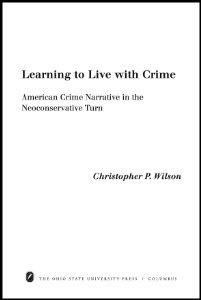By Andrew Mangham.
“Bodies are very unstable things in Dickens. In addition to the various characters with parts that are missing or defunct, like Wackford Squeers, Silas Wegg, Mr Smallweed, Mrs Skewton, Captain Cuttle, and Mrs Clennam, we find bodies that are taken apart (like the mangled remains of Mr Carker and Rigauld) and (re)assembled (like Mrs Jarley’s waxworks or Mr Venus’s French Gentleman). We encounter living bodies without souls, like the prisoners in “A Visit to Newgate” (1836) and American Notes (1842), and souls like Little Nell and Oliver Twist whose bodies seem barely capable of holding them in. More gruesomely, Dickensian bodies have a tendency to turn into slime and ash, such as when Miss Havisham is burned in Great Expectations (1860–61), or when the inhabitants of a city churchyard threaten to sully the appropriated dress of Lady Dedlock.”
Columbus, OH: Ohio State University Press, 2016. 272p.







